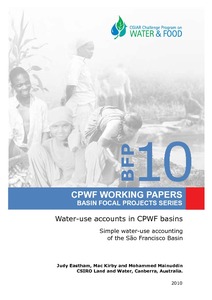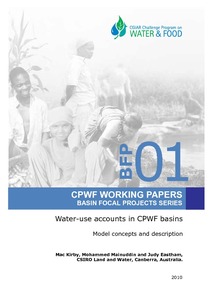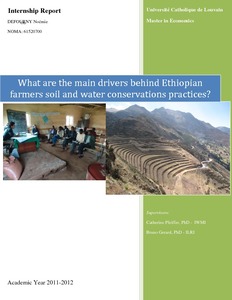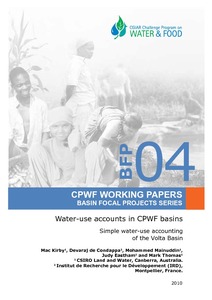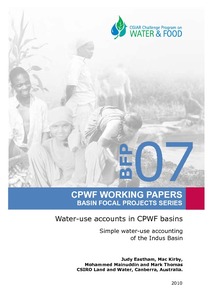Water resource research and education in mountain communities
High elevation páramo (wetland) ecosystems in the Andes are important water sources for local communities and downstream agricultural and urban users. These headwater catchments, however, are often impacted by human activities (eg agricultural production) that affect both stream water quality and flow. Knowledge about water availability, quality, and use is essential for effective management but is often lacking, particularly in smaller mountain communities.



